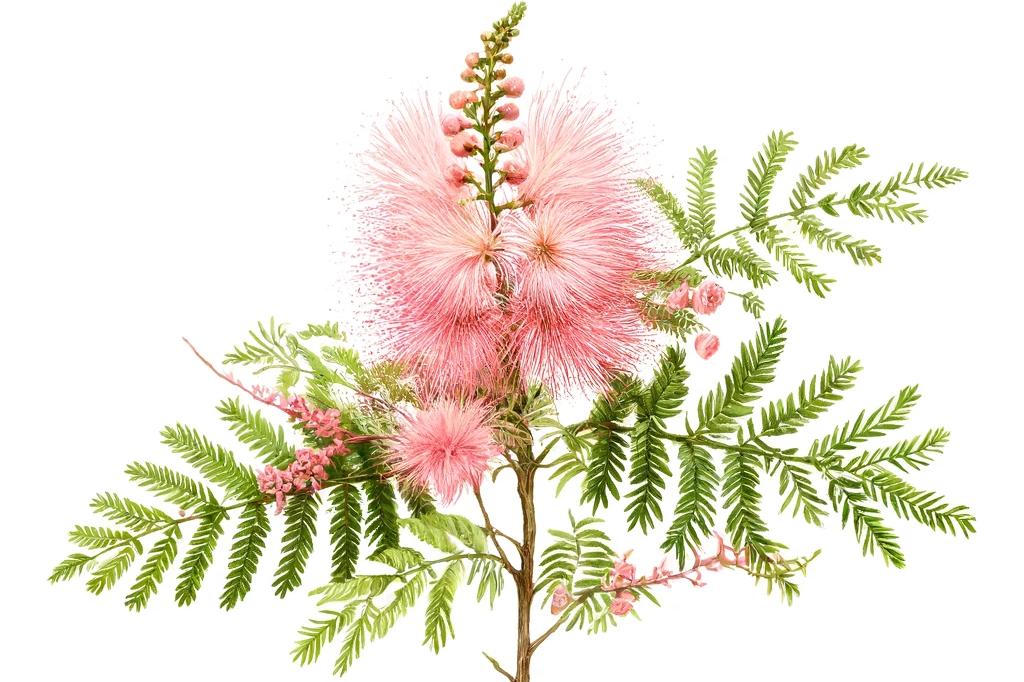Cassias

Under the microscope: The components of cassia
Cassia belong to the legume family and are characterized by a variety of species. The main components found in cassia include:
- Anthraquinones: natural compounds found in some cassia species that can have a laxative effect.
- Saponins: These substances are found in many plants and can cause nausea, vomiting and diarrhea in dogs.
- Tannins: Although found in smaller quantities, tannins can cause gastrointestinal discomfort in dogs.
These components vary greatly between different types of cassia, making it difficult to assess their safety for dogs.
The risks: Are cassias toxic to dogs?
The question of whether cassia is poisonous to dogs cannot be answered with a simple yes or no. It very much depends on the type of cassia, the amount ingested and the individual dog. Some cassia species contain components that can be toxic to dogs and can lead to symptoms such as gastrointestinal upset, lethargy or even more serious conditions. The seeds and bark in particular are often richer in these compounds.
It is crucial that dog owners are aware of the specific cassia species in their area and can assess their potential dangers to their dogs. If poisoning is suspected, a veterinarian should be consulted immediately.
Precautions and protective measures
To ensure the safety of your dog, the following precautions should be taken:
- Identification of plant species: know the plants in your area and avoid your dog's access to potentially dangerous species.
- Observation: Watch for signs of poisoning, such as vomiting, diarrhea, loss of appetite or changes in behavior.
- Securing the environment: Restrict your dog's access to areas where cassia or other potentially poisonous plants grow.
A balance between nature and safety
Cassia are fascinating plants, but they can pose a certain risk to dogs. Toxicity varies depending on the species and the amount ingested, making it difficult to make a blanket statement. As a responsible dog owner, it is important to be aware of the potential dangers and take preventative measures to ensure the safety of your faithful companion. Ultimately, an informed approach to nature allows for a harmonious coexistence that protects the health and well-being of our dogs.
If you notice any signs of hypersensitivity or poisoning in your dog, you should see your vet immediately. We are not a substitute for a vet, but we try to be as accurate as possible. Every dog reacts differently and we recommend you get a second opinion or consult your vet if in doubt.
Stay healthy and take good care of your four-legged friend!😊
Similar to Cassias
A botanical overview The plants known as mimosas mostly belong to the genus Mimosa, which comprises over 400 species. This plant family is mainly found in the tropical and subtropical regions of...
The albizia belongs to the mimosa family and is mainly native to tropical to subtropical regions. With its impressive flowers and fast-growing branches, it is a popular ornamental tree in many...
The gleditsia (Gleditsia triacanthos) belongs to the legume family and is best known for its distinctive, thorny bark and deeply pinnate leaves. Originally native to North America, it is now found...
Before we delve into the benefits of the Judas tree for dogs, it's helpful to take a look at the components of this tree. The Judas tree is made up of several components, including leaves, flowers,...



